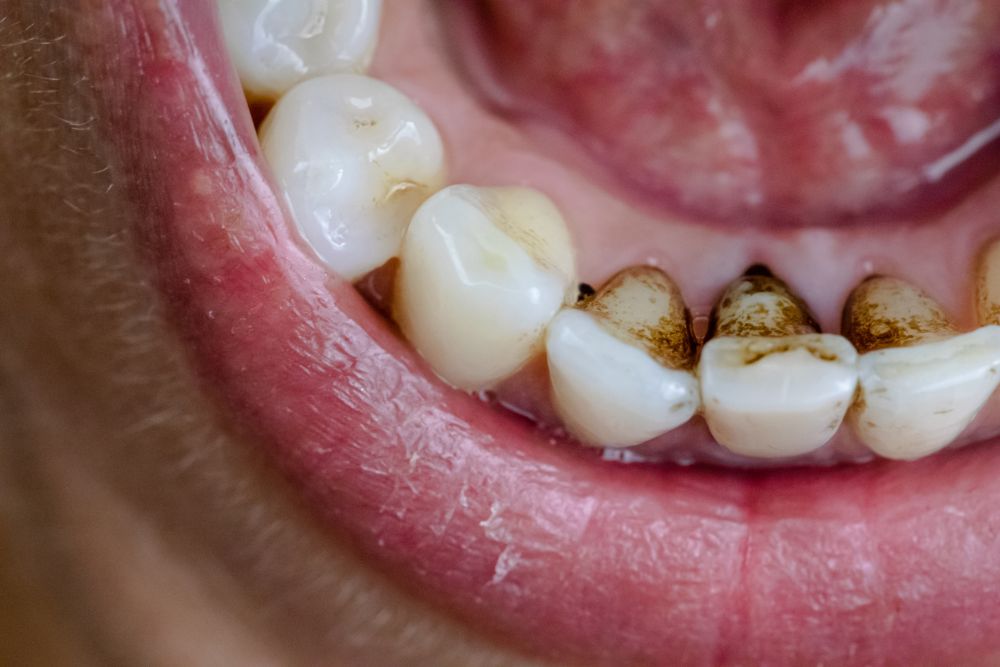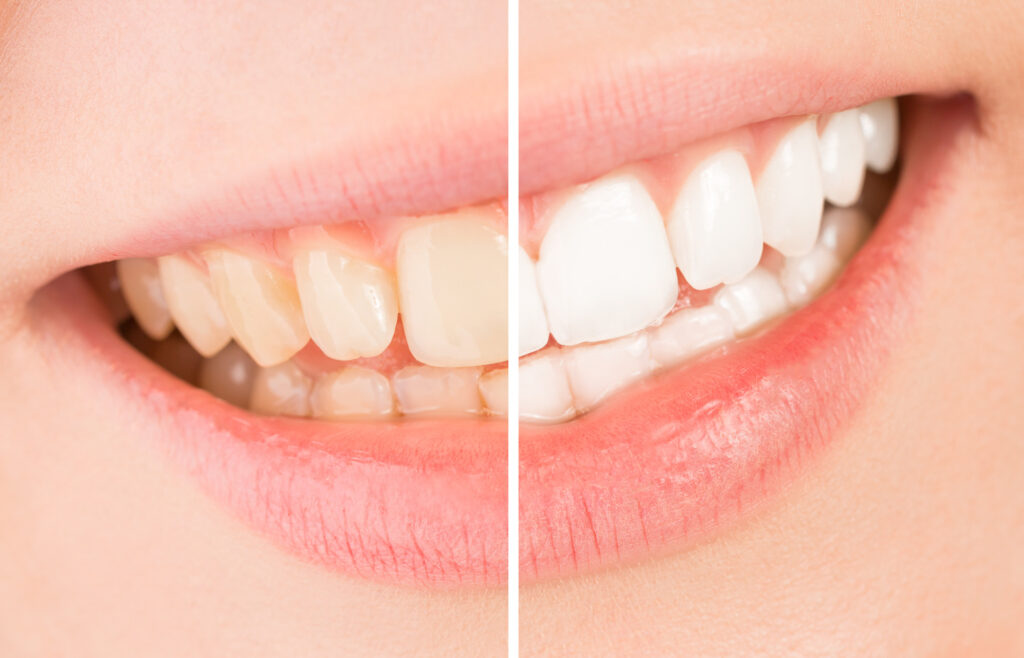Coffee stains teeth because it contains tannins that bind to enamel. You can remove these stains with at-home remedies like baking soda or activated charcoal, or through professional treatments such as in-office whitening. Prevent stains by rinsing after drinking coffee and maintaining good oral hygiene.

Coffee contains tannins—natural compounds that cling to the enamel of your teeth. These tannins combine with chromogens, pigmented molecules that cause staining, and stick to the porous surface of your enamel.
Even a daily coffee habit can lead to a yellowish tint over time if not addressed properly.

One of the most effective home remedies is a paste of baking soda and hydrogen peroxide.
Pros: Effective on surface stains
Cons: Overuse can damage enamel
Swishing coconut oil in your mouth for 10–15 minutes daily is an ancient Ayurvedic practice.
Pros: Natural and gentle
Cons: Requires consistency, results vary
Pros: Abrasive but effective for surface stain removal
Cons: Can be too abrasive for some enamel types
Pros: Contains malic acid which helps remove stains
Cons: Natural acids may weaken enamel over time if used excessively
Pros: Contains minerals like potassium and magnesium
Cons: Minimal scientific backing

Choose toothpaste labeled as enamel-safe and containing:
Look for ADA-approved options like:
Products with carbamide or hydrogen peroxide provide a mild bleaching effect:
Crest Whitestrips are the most well-known option, but other brands also offer:
Note: Always follow instructions carefully to prevent sensitivity
Use caution with charcoal products:

When stains become too stubborn for home remedies, it’s time to visit Buford Dentist.
Treatments like Zoom Whitening or laser whitening offer immediate results:
For severe or intrinsic staining:
Cost & Comparison:
Treatment | Avg. Cost | Duration | Result Longevity |
In-office whitening | $500–$1000 | 1 session | 1–3 years |
Custom trays | $250–$500 | 2–3 weeks | 1–2 years |
Veneers/Bonding | $1000+ per tooth | Permanent | 10–15 years |

Once you’ve removed the stains, prevention is key.

Adjust your coffee habits to protect your smile.
Remineralizing Toothpaste: Strengthens enamel, making it stain-resistant